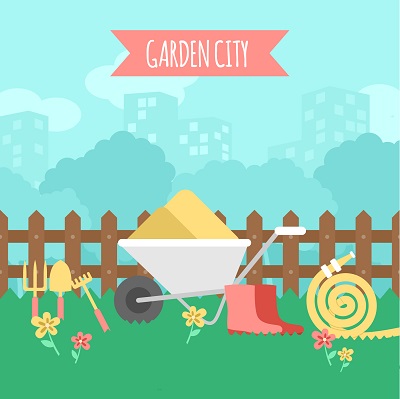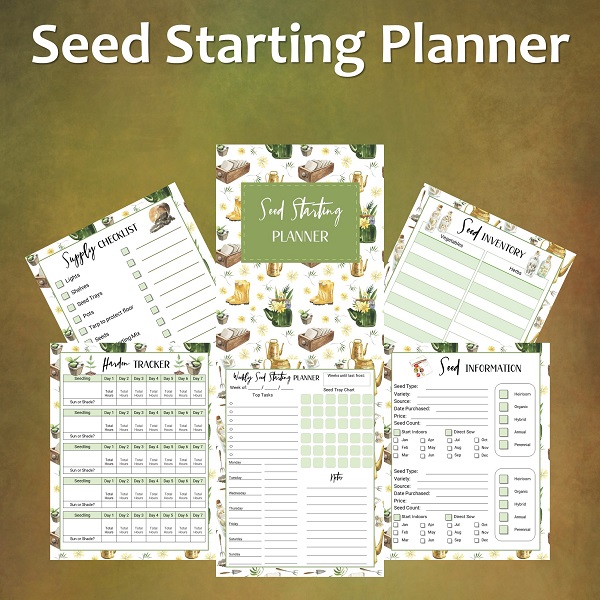 Timing plays a very crucial role in planting. Any experienced gardener can attest to this. That’s why most gardeners plant during spring. Springtime is the time of rebirth, rejuvenation, and renewal to the every living organism, including plants. It’s the most opportune time to start a home garden and plant seeds.
Timing plays a very crucial role in planting. Any experienced gardener can attest to this. That’s why most gardeners plant during spring. Springtime is the time of rebirth, rejuvenation, and renewal to the every living organism, including plants. It’s the most opportune time to start a home garden and plant seeds.
You don’t need to rush planting if it’s already planting season. There are some other things you need to handle before planting, like your space and soil. If you consider yourself a novice, you need to ask yourself first – what do I want to plant and how many do I want to plant now?
Planning
Having a good plan before planting is a wise move. The last thing a gardener wants to see is their efforts and time go to waste. It is always a good measure to examine your space first.
Is the available space desirable to achieve the number of plants you aim to plant? You may create a simple sketch of your space. You may also determine the movement of the sun in order to have an idea what time of the day your spaces are exposed to sunlight. Because some plants need sunlight more and some need less, you can decide where to plant them.
Checking your soil is also an important step before planting. Is your soil conducive for the kind of plant you plan to grow? Most soil is rich with compost, which can be great for planting. On the other hand, there is soil that needs extra attention. If you are using the same soil for some time now, perhaps you need to replace it. As the soil is constantly planted and used, the nutrients present gradually deplete. Experts will always say that even if you did everything to ensure for a good harvest, if you overlooked your soil, you are more likely to fail.
Prepping the Garden
As soon as you have ironed out your plans, it is time now to take a closer look on how to prepare your garden for planting.
Remove unnecessary weed grass – remove sod that obscures the area of your soil. Some prefer to dig it out and some prefer to use chemicals. Either way, there are technically no good or bad methods in this department. What is important is that your soil is free from weed grass.
To raise or not – a raised bed is a great strategy to improve the soil. Usually, experts use raised beds if they have poor soil. Raised beds are commonly built out of non-pressure wood, providing tremendous benefits to your plants.
Digging – digging your soil from time to time loosens the soil itself so that roots can easily penetrate under. Before you plant, give your soil a quick spading. You may also add organic matters when digging your soil for optimum results.
These are just some of the basic tips on how to prepare your soil for planting. There are still several articles on the internet for you to read. Remember, you will be the one to plant, see to it that you have enough know-how about gardening. Good luck.



